|
Pied-billed Grebe. Canon R6, RF 800 mm prime, f/11 (fixed), 1/1000 sec, ISO 12800. Jan 18, 2022, 8:30 am. Sweetwater Wetlands is one of my favorite birding destinations in Tucson. It is just west of Interstate 10, between the Prince and Ruthrouff Exits. Built in 1996, the site holds reclaimed water from the adjacent treatment plant and allows recharge of the aquifer. It has become a valued nature preserve and outdoor classroom; it is rare to visit the wetlands and not see a host of wildlife. Let's start with the Green Heron. Tip for the photo geeks: I have included camera and setting information for each set of shots. Green HeronCanon R6, RF 800 mm prime, f/11 (fixed), 1/1000 sec, ISO 6400. Dec 22, 2022, 8:40 am.
The Green Heron lurks in or near reeds at the edge of the water looking for food. This bird was tough to spot between the reeds, but I did get the images below. He is staying very still and walking very carefully with his large feet, barely moving his body. In the image below he finds a new perch. Pied-billed GrebeCanon R6, RF 800 mm prime, f/11 (fixed), 1/1000 sec, ISO 8000. Jan 18, 2022, 8:30 am. Grebes are among my favorite birds. They are a worldwide family of diving water birds. The family, Podicipedidae, is the only family in the order Podicipediformes. So, one order, one family, 22 species internationally, with 7 of them in North America. To my eye, the Pied-billed Grebe looks like Ernie's rubber ducky, only it is not a duck, it is not made of rubber, and yes, is not yellow! Details, details! Grebes' feet are way back close to their tail, with lobed toes. They are excellent divers, and will often swim some distance under water before surfacing. However, the rear placement of the feet make walking on land very difficult, so they are generally seen only in the water. They are good fliers, breeding up as far north as Canada, and wintering as far south as southern Mexico, but generally don't fly short distances within their territory. This is a non-breeding adult resting between dives. Breeding adults have a distinct black vertical stripe on the bill. Pied-billed Grebes will eat what is available, consuming a large variety of crustaceans, fish, and in our region, frogs.
Yellow-rumped Warblers: Audubon and MyrtleAudubon's Yellow-rumped Warbler. Canon R6, RF 800 mm prime, f/11 (fixed), 1/2000 sec, ISO 12800. Jan 4, 2022, 10 am. Yellow-rumped Warblers are one species of bird with two distinct subspecies: Audubon's with a yellow throat, gray head and breast, as seen above and in the three images below, and the Myrtle subspecies which follows those. The Audubon's subspecies lives in the mountain west, breeding to our north, and wintering in Mexico. They live year round in SE Arizona. The Myrtle subspecies is of the eastern U.S. and boreal forests of Canada. They overlap in the Rockies, with varying markings. Yellow-rumped Warblers are common visitors during the winter, in part because their digestive tract can handle both insects, their main diet, and fruit, a valuable alternative then the bug population declines in the winter. Note that other warblers, like the Red-faced Warbler and the Painted Redstart, summer with us but head south to Mexico in the winter because of their strictly insect diet. Canon R6, RF 800 mm prime, f/11 (fixed), 1/1250 sec, ISO 8000. Jan 4, 2022, 10 am. For the Audubon, we see the yellow throat, a broken white eye-ring, yellow under the wings (aka "arm pits") and a yellow rump. Because of the yellow rump, these birds are commonly referred to as "butter-butts." The Yellow-rumped Warbler, Myrtle, is shown in the 4 images that follow. We still see the yellow rump and arm pits, but with a white throat and pale breast and a white "eyebrow" . Both subspecies have a yellow spot on the head. Canon R6, RF 800 mm prime, f/11 (fixed), 1/1600 sec, ISO 2500. Jan 18, 2022, 9:12 am. When we visited Cape May, New Jersey, in October 2021 we saw many Myrtle's. The Myrtle's we see here could be a migrant that flew too far west on his way south, or an intermediate hybrid from the Canadian Rockies where the two subspecies ranges overlap. Reference: The Cornell Lab All About Birds. Red-naped SapsuckerCanon R6, RF 800 mm prime, f/11 (fixed), 1/500 sec, ISO 2500, Jan 4, 2022, 10:16 am. Red-naped Sapsuckers are woodpeckers, one of the 14 species we see in Arizona. They drill really small holes in the tree bark of aspen, birch and willow to get at the sap with their tongues. They also eat insects from leaves and on the fly, as well as fruit. Many woodpecker names, like the sapsuckers, reflect their diet and behavior, such as the Acorn Woodpecker a year round resident on Mt Lemmon and prime consumer of local acorns. Red-naped Sapsuckers breed in the western Rocky Mountains and winter in southern Arizona, New Mexico and Canada. From The Cornell Lab website All About Birds: "Red-naped Sapsuckers are black and white overall with a red cap, nape, and throat. They have a long white bar on the folded wing. A black stripe through the eye is bordered by white stripes. The belly is mottled black and white, with a dingy or yellowish cast. Female Red-naped Sapsuckers have a white patch on the chin while males have entirely red chins. Juveniles have a brown cap and an overall brown wash on their belly and head." It is difficult to see the nape in these shots, although we get a hint of it in the image below. This definitely looks like a male. VerdinCanon R6, RF 800 mm prime, f/11 (fixed), 1/500 sec, ISO 1600. Jan 12, 2022, 9:30 am. Verdin's are small songbirds of the Southwest, with a yellow head and rufous patch on the wing that is not always evident. They are regulars at Sweetwater Wetlands, where they build multiple nests, spherical ones for the family, and flat ones just to hang out, usually during the winter. For more details, and more photographs, see my Winter Review 2020. It is always fun to see a Verdin at SWW. A bit like running into an old friend! Song SparrowCanon R6, RF 800 mm prime, f/11 (fixed), 1/1000 sec, ISO 2500, Jan 18, 2022, 9:30 am. The Song Sparrow is one of our year round residents who favors a low understory with water nearby, making SWW an ideal location. They eat insects and other invertebrates in the summer, and seeds and fruit year round, giving them more flexibility for their range than birds with more limited diets. This bird was perched close to the end of one of the viewing platforms, at eye level, singing. After grabbing a few still shots, I converted to video to try and capture the song. There is some camera shake (sorry!) and background noise from Interstate 10, as well as another bird song which could be another Song Sparrow. However, with the help of the editing features in iMovie, this novice videographer was able to put together the following clip. Canon R6, RF 800 mm prime, f/11 (fixed), MP4 video, edited in iMovie. Harris's HawkCanon R6, RF 800 mm prime, f/11 (fixed), 1/1600 sec, ISO 1600. Jan 18, 2022, 9 am. Harris's Hawks do not migrate, they live year round in their territory, including SE Arizona and Texas, as well as areas of Mexico all the way to southern South America. They are among the most social of raptors, usually hunting in pairs or groups as large as 7. Harris's Hawks have a relative ease with humans, and are popular among falconers and for education programs. They fly regularly at the Arizona-Sonoran Desert Museum Raptor Free flight program. This bird is often seen at SWW on a high branch, alone. This image shows the hawk's characteristic dark brown and chestnut red markings, with yellow legs and yellow markings on the face. Cooper's HawkCanon R6, RF 100-500 mm at 500mm, 1/1600 sec, ISO 2500, Jan 12, 2022, 10:25 am. Cooper's Hawks are common throughout the United States, including Tucson. Here we see two Cooper's, above and below, likely a male and a female showing white feathers toward the tail, displayed during breeding. The sexes look alike, the only difference is that females are larger and heavier than males, a characteristic common in raptors. It is likely that females need the extra weight in order to carry eggs and still compete for food for themselves, and then gather food for the offspring once hatched. The Cooper's Hawk is in the order Accipitriformes along with ospreys, hawks, eagles, kites, and vultures. There are 4 families within this order, with the Cooper's being in the family Accipitridae. Within this family there are several genera, with the Cooper's being Accipiter cooperii. Another species in this genus is the Sharp-shinned Hawk, very similar in appearance. For more on the distinction between these two species, see my recent post Cape May Fall Migration, Part 2. Buteo is another genus in the family Accipitridae, and includes common hawks we see in SE Arizona, the Red-tailed, Zone-tailed, Swainson's, and Ferruginous, among others. So, Cooper's and Sharp-shinned are commonly referred to as Accipiters, and Red-tailed and Zone-tailed as Buteos, after their respective genera. In the field these two genera look and fly differently, with Accipters flapping and gliding, and Buteos commonly soaring. Both of these Cooper's Hawks were very close to the walking path and very tolerant of people. That's all for now. Spring is coming, and with it migration and nesting. Stay tuned!
Happy Trails!
1 Comment
Linda Currin
2/17/2022 09:53:53 am
Thank you for taking me on your trip to the wetlands!! These photos and information you provide are just incredible.
Reply
Leave a Reply. |
AuthorHenry Johnson, photographer and author of this site. For more detail, see About
Categories
All
Archives
July 2024
|

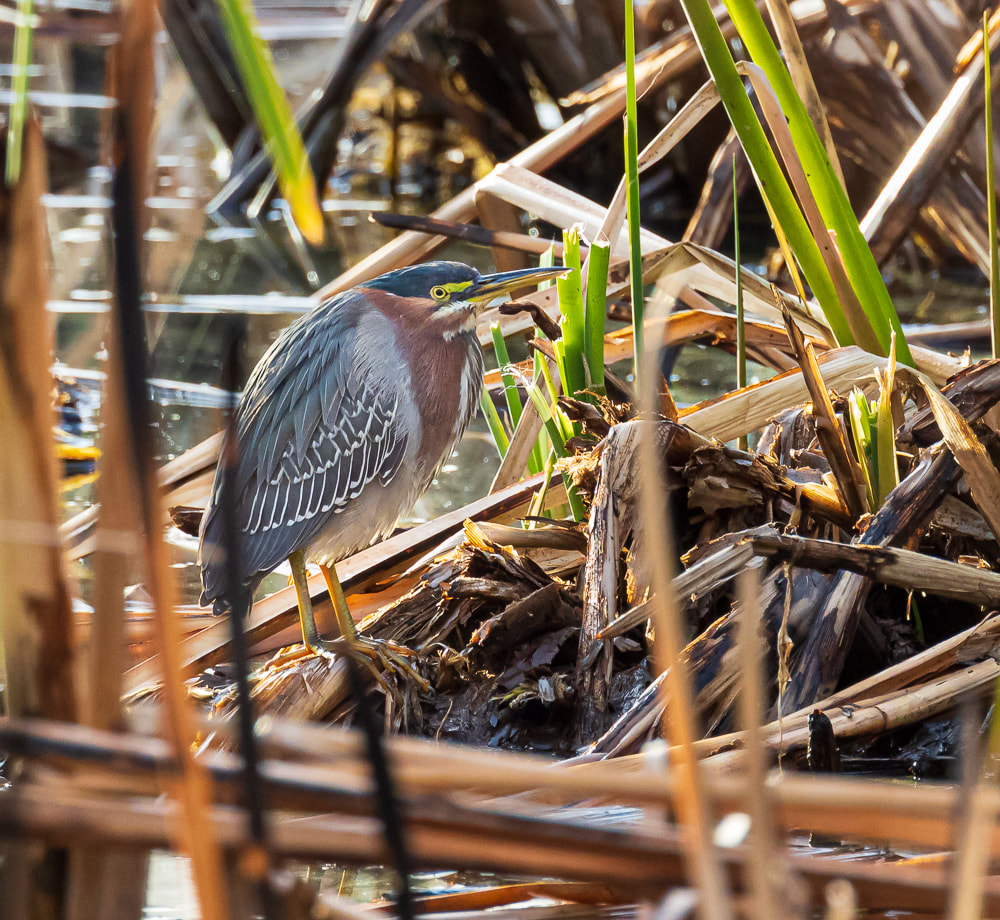
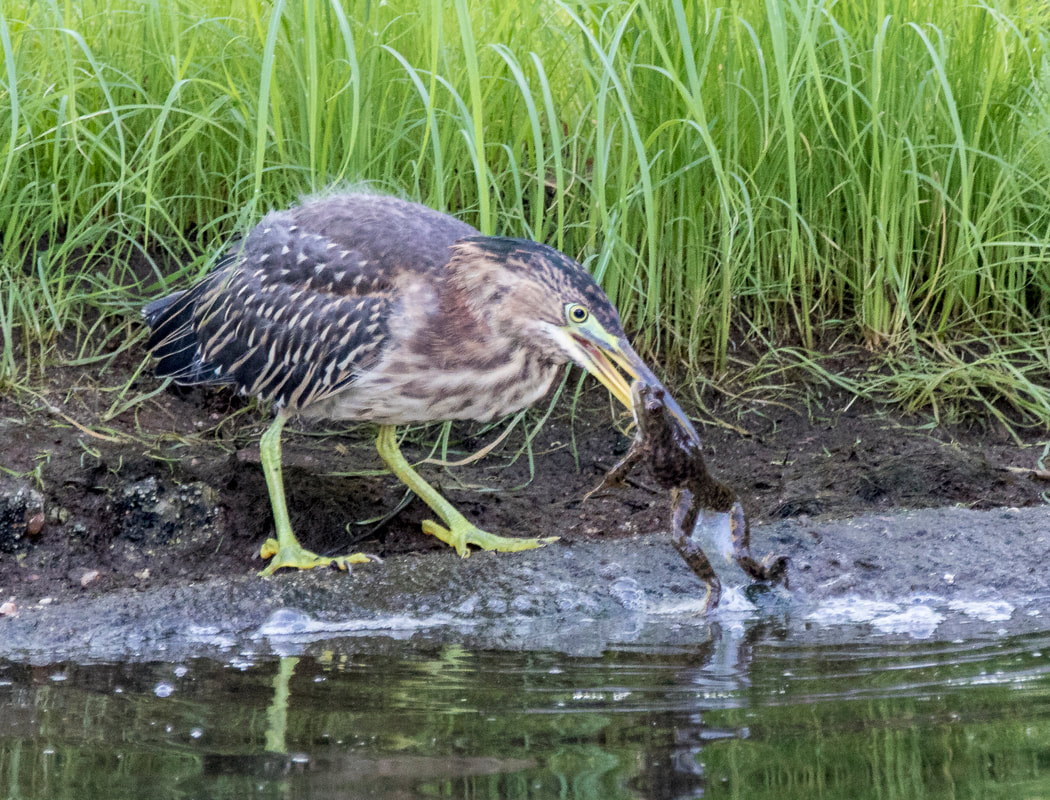
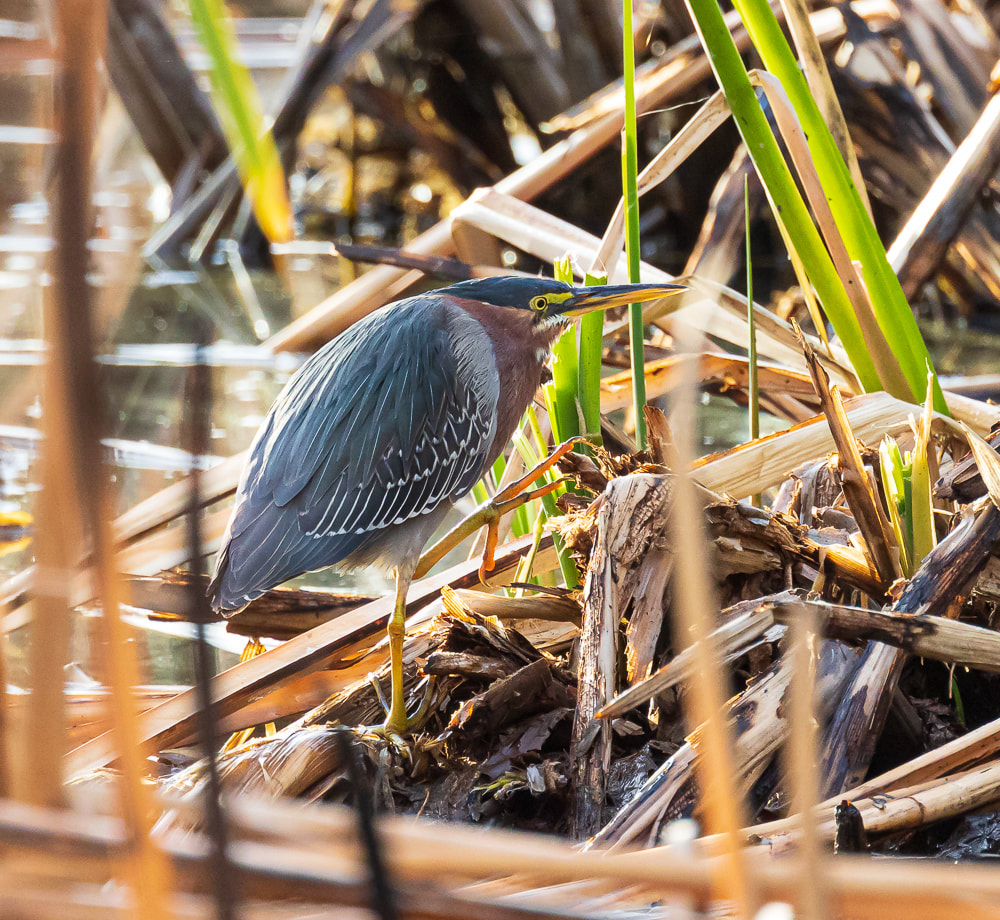

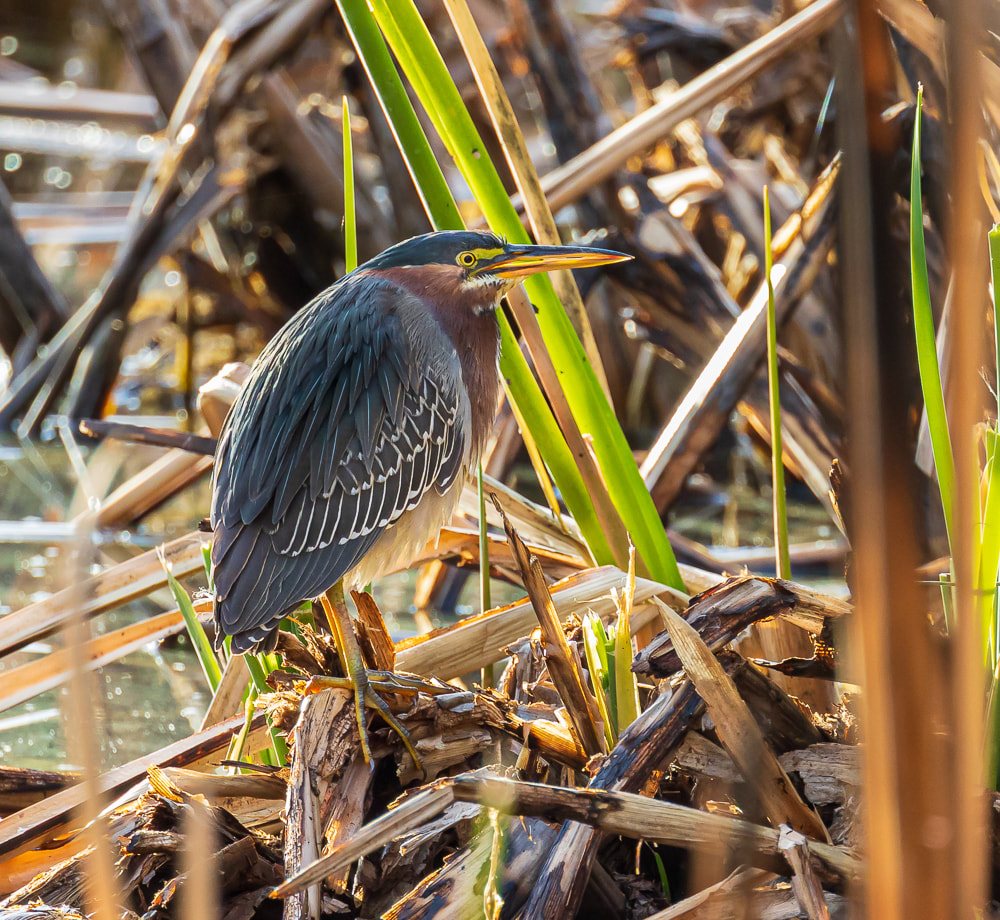
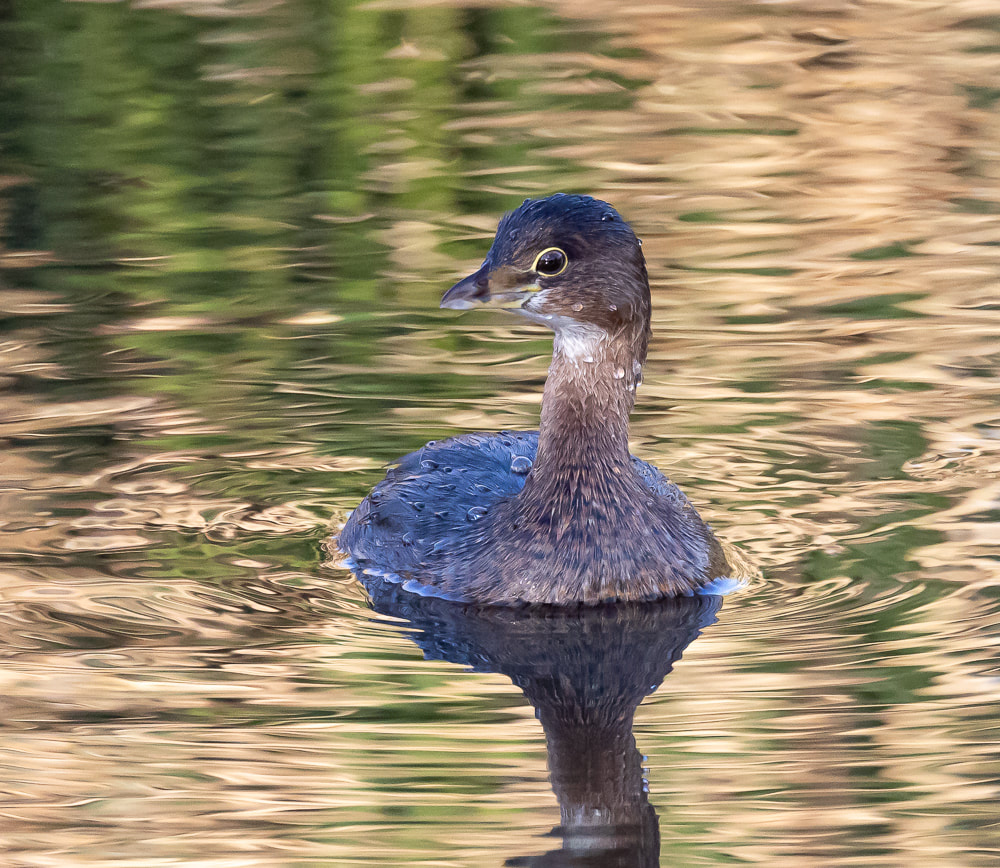
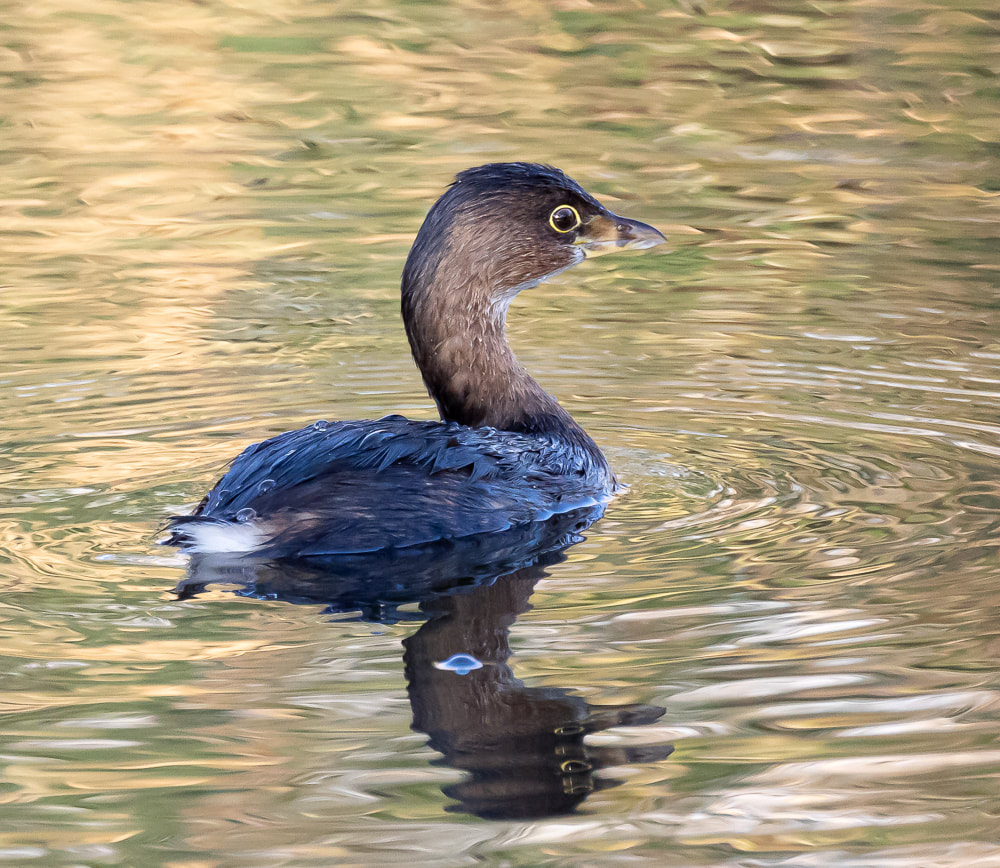
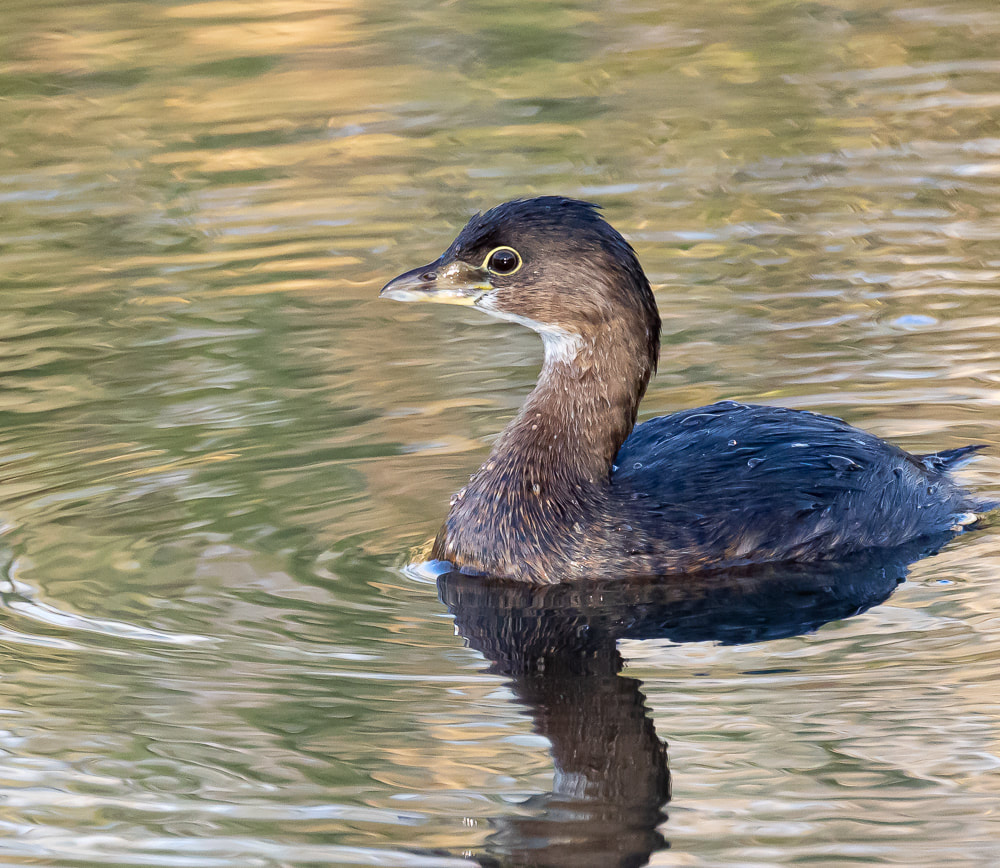
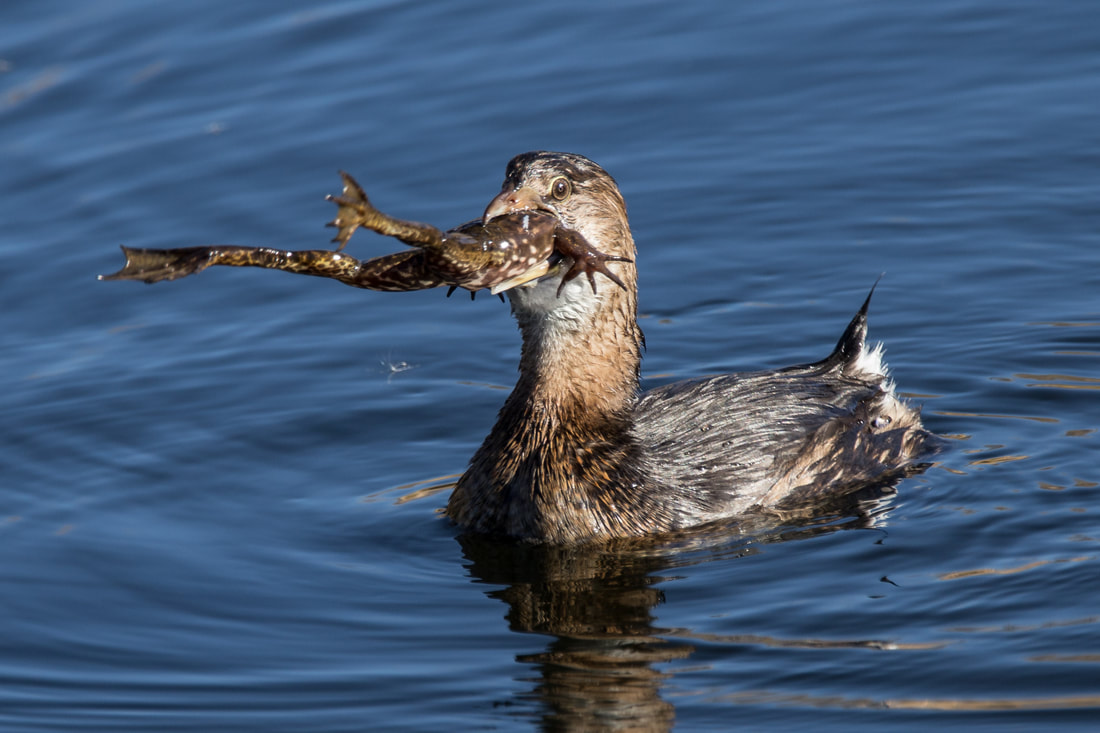
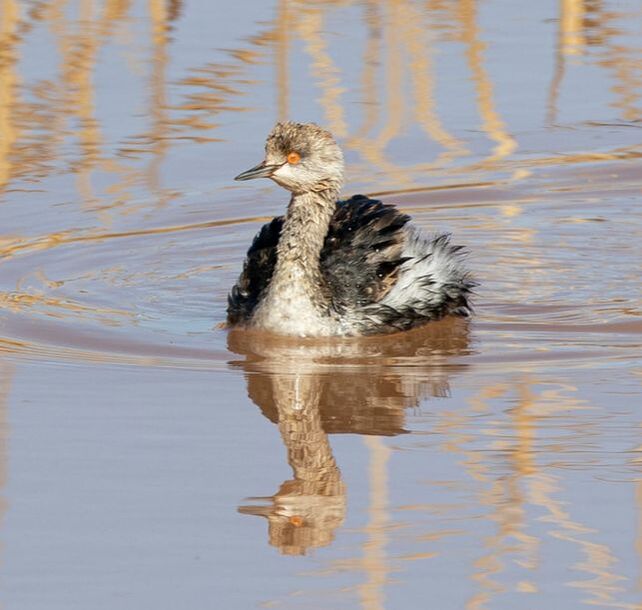
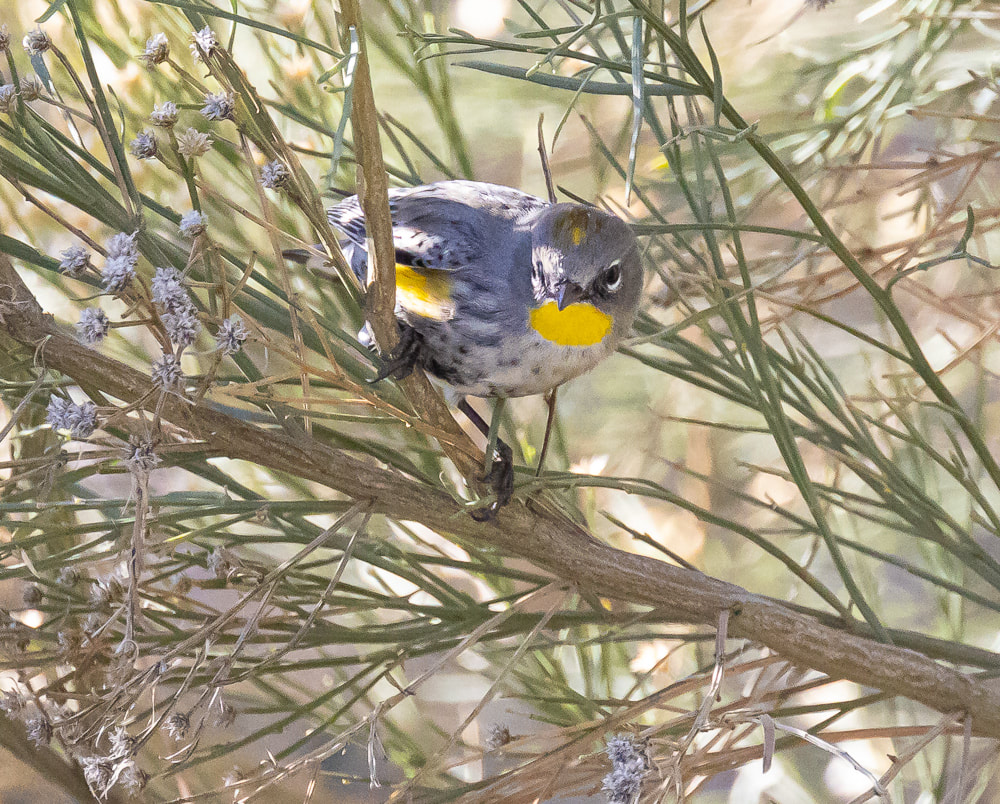
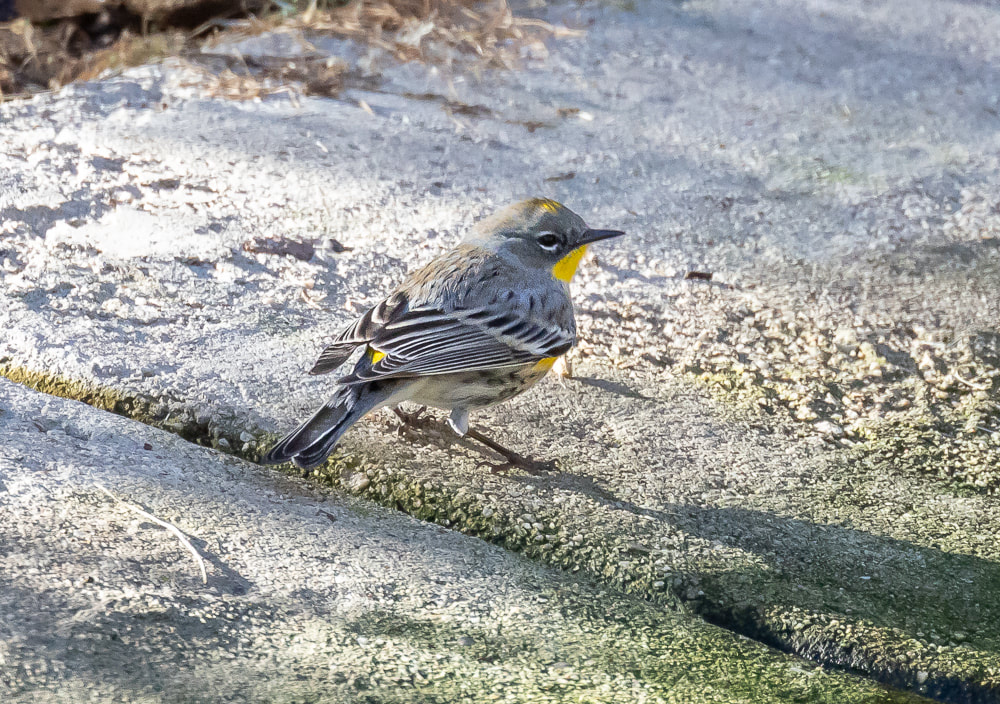
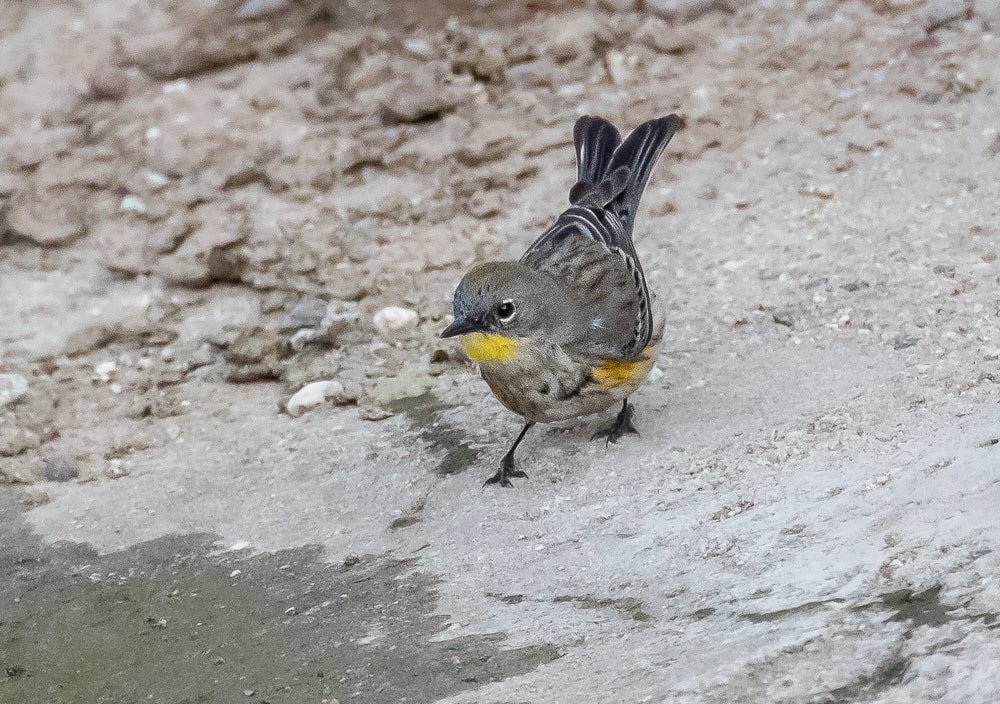
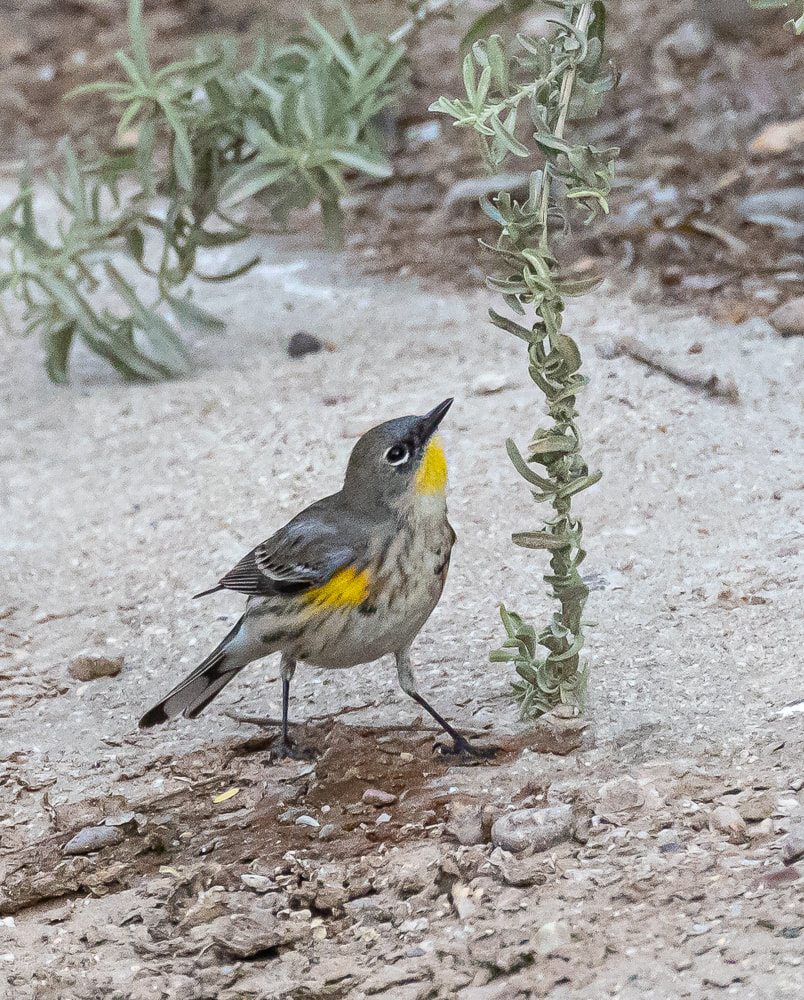
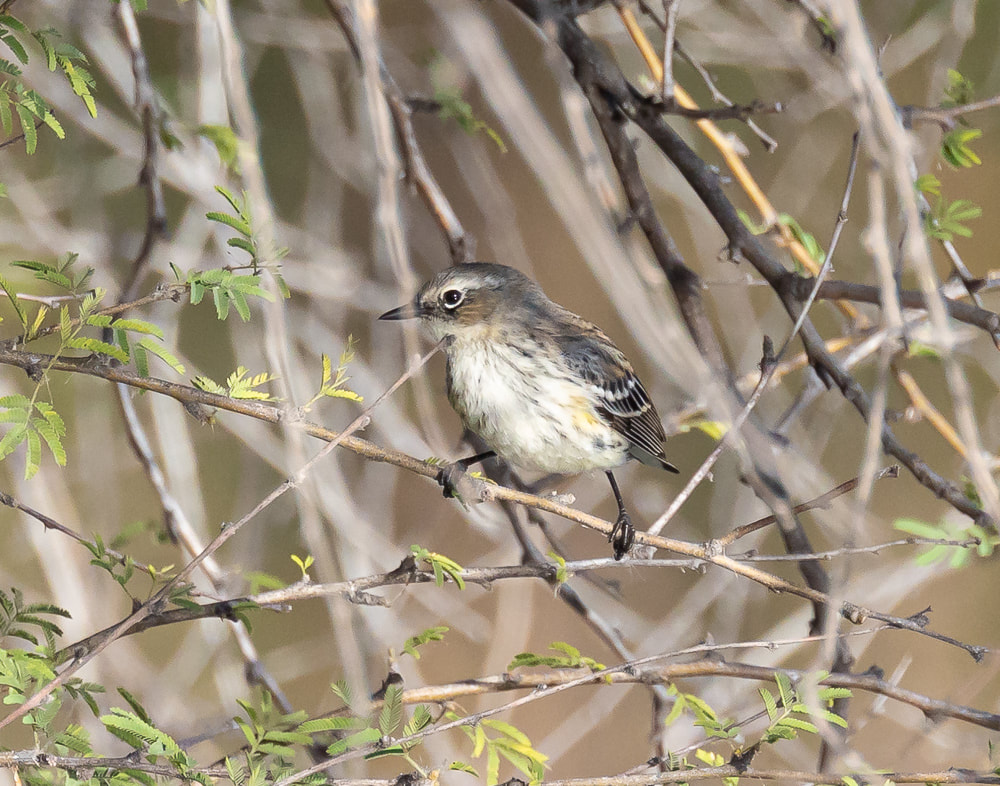
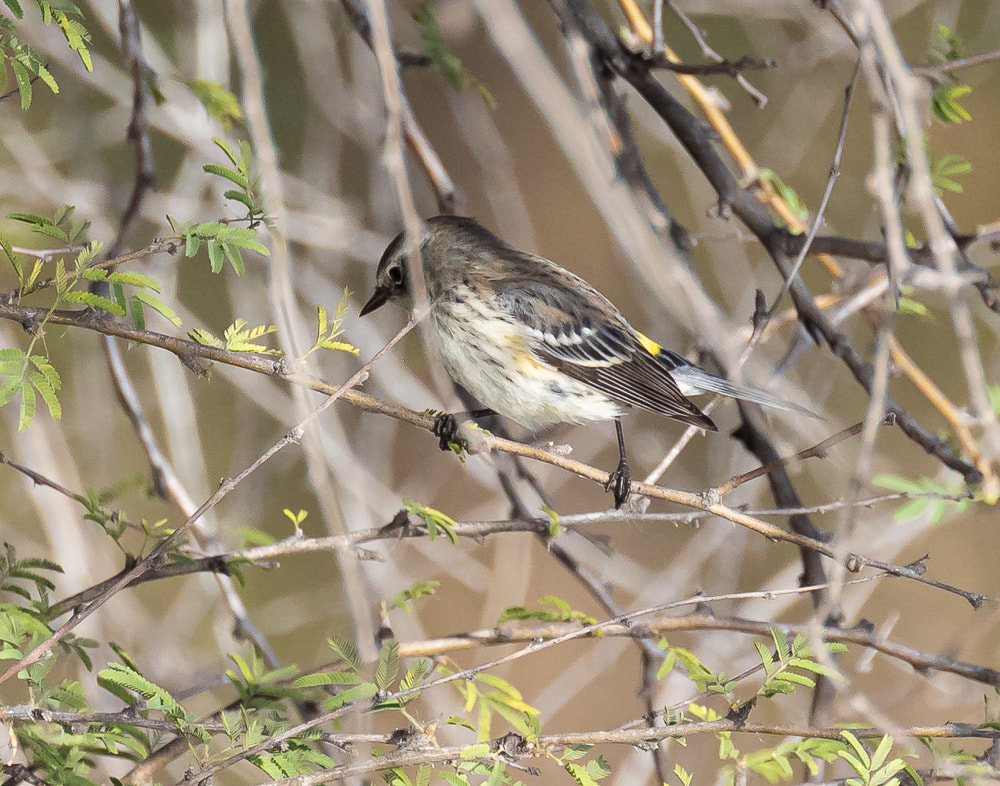
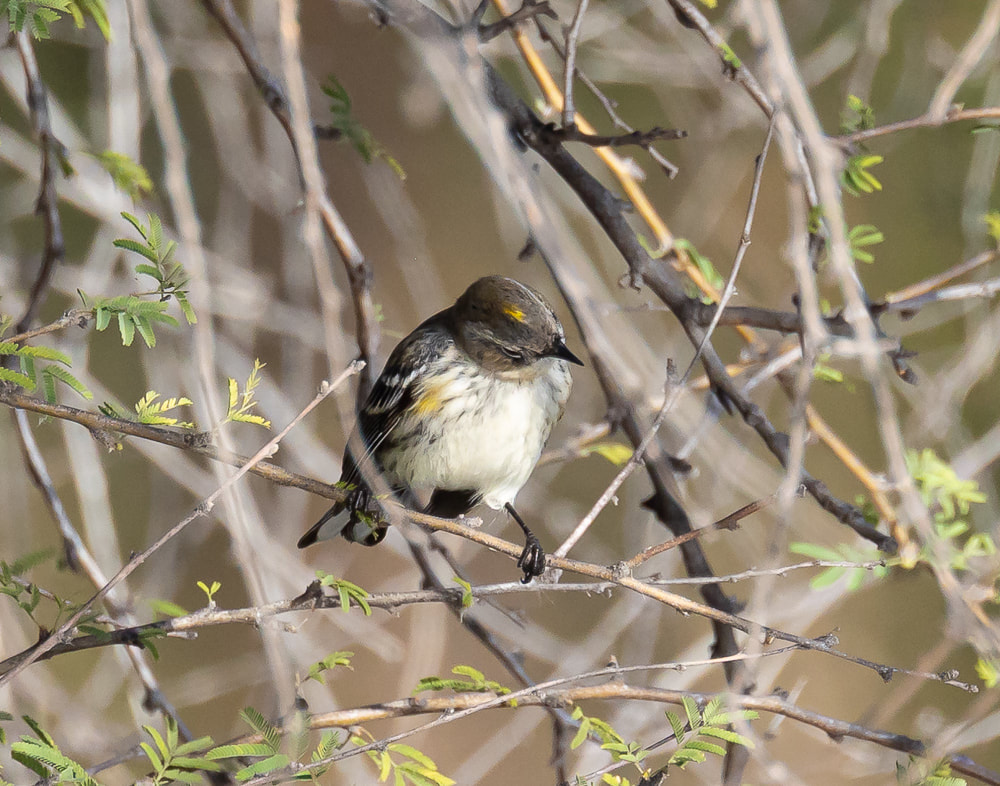
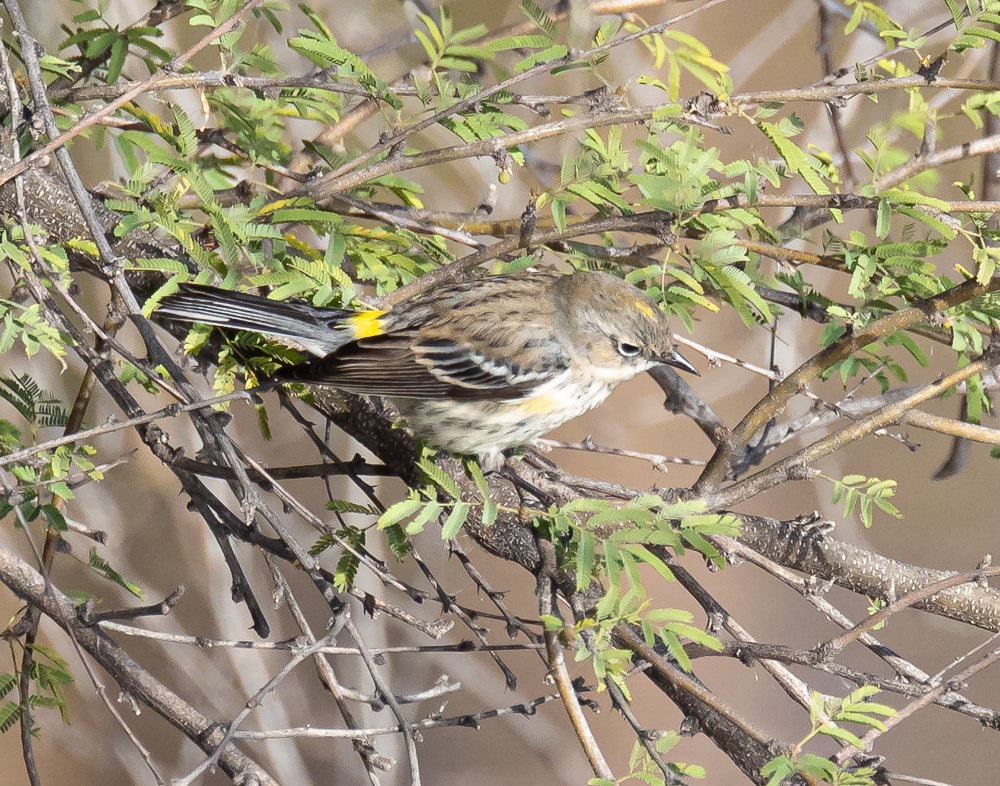
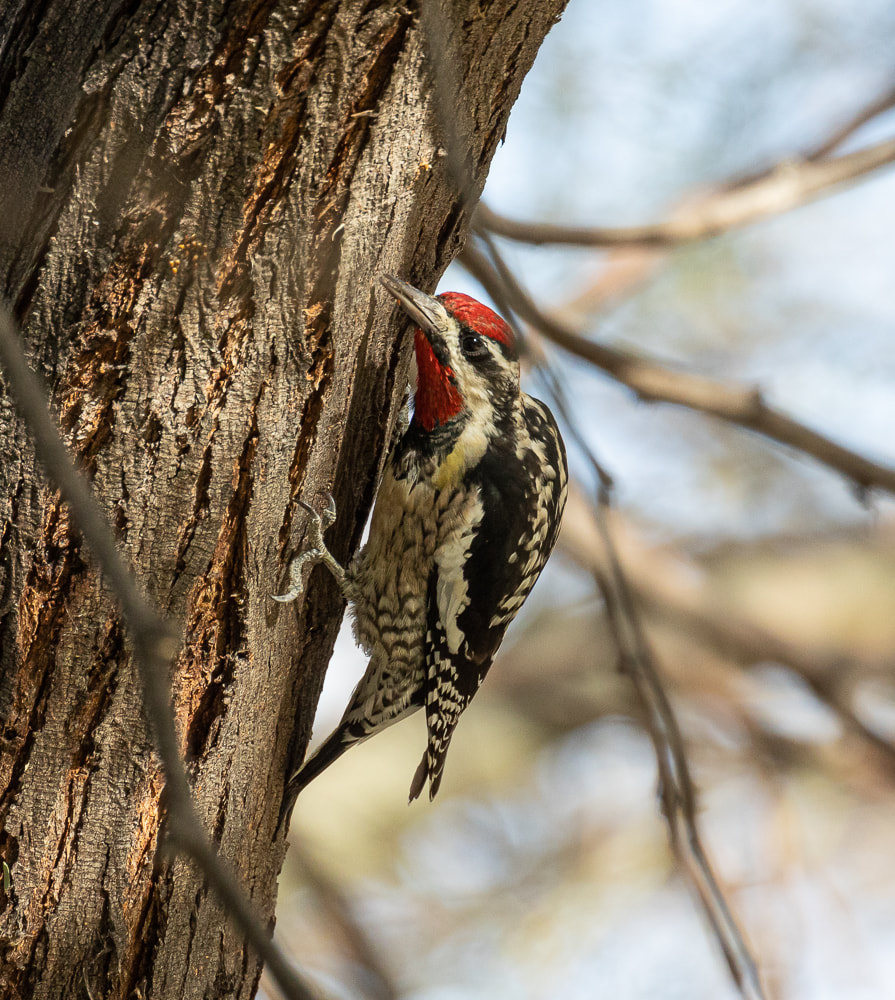

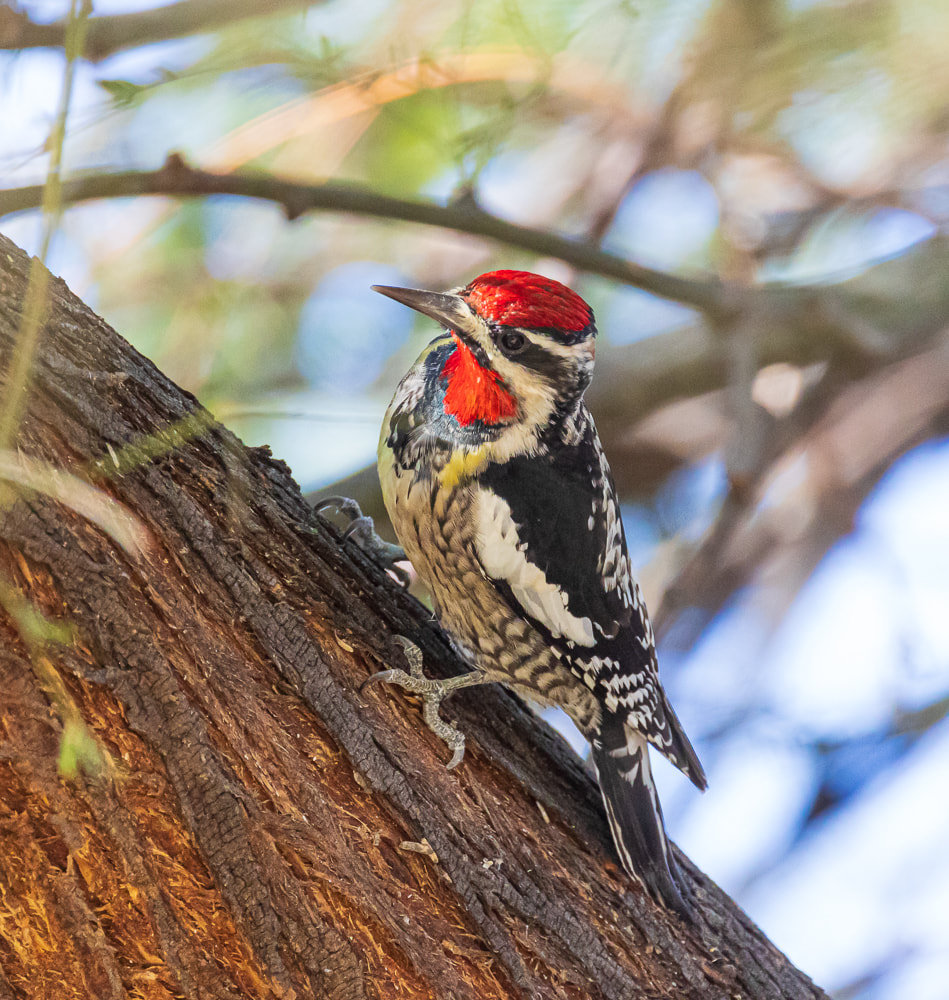
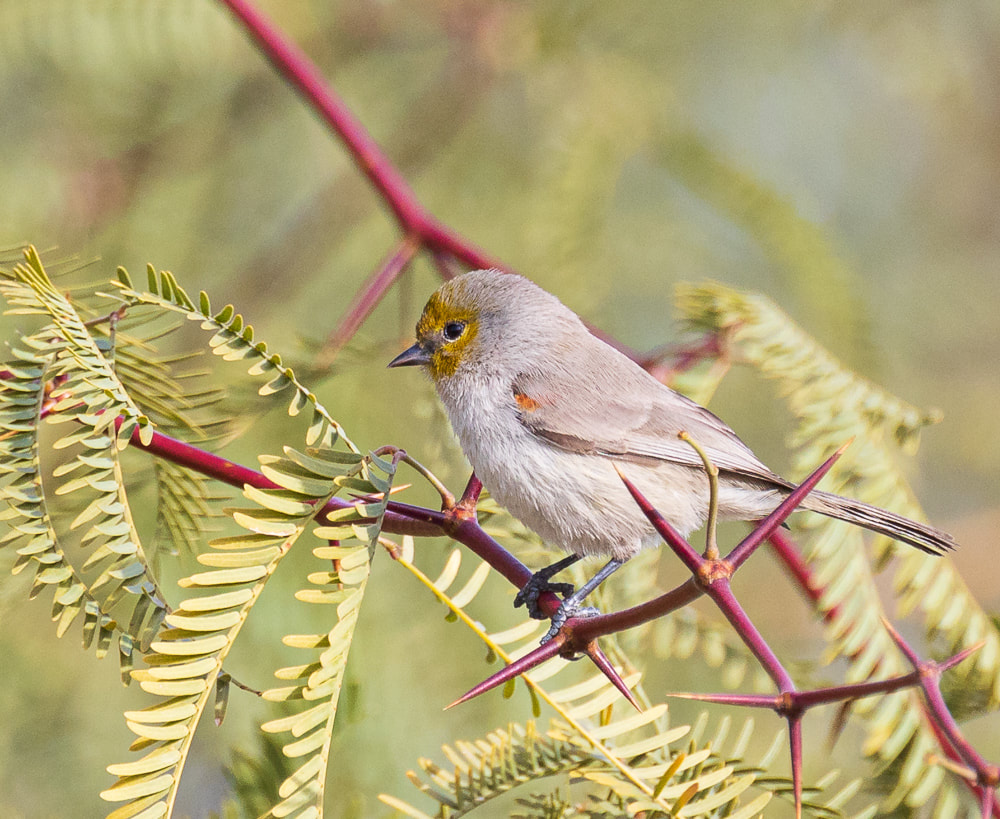
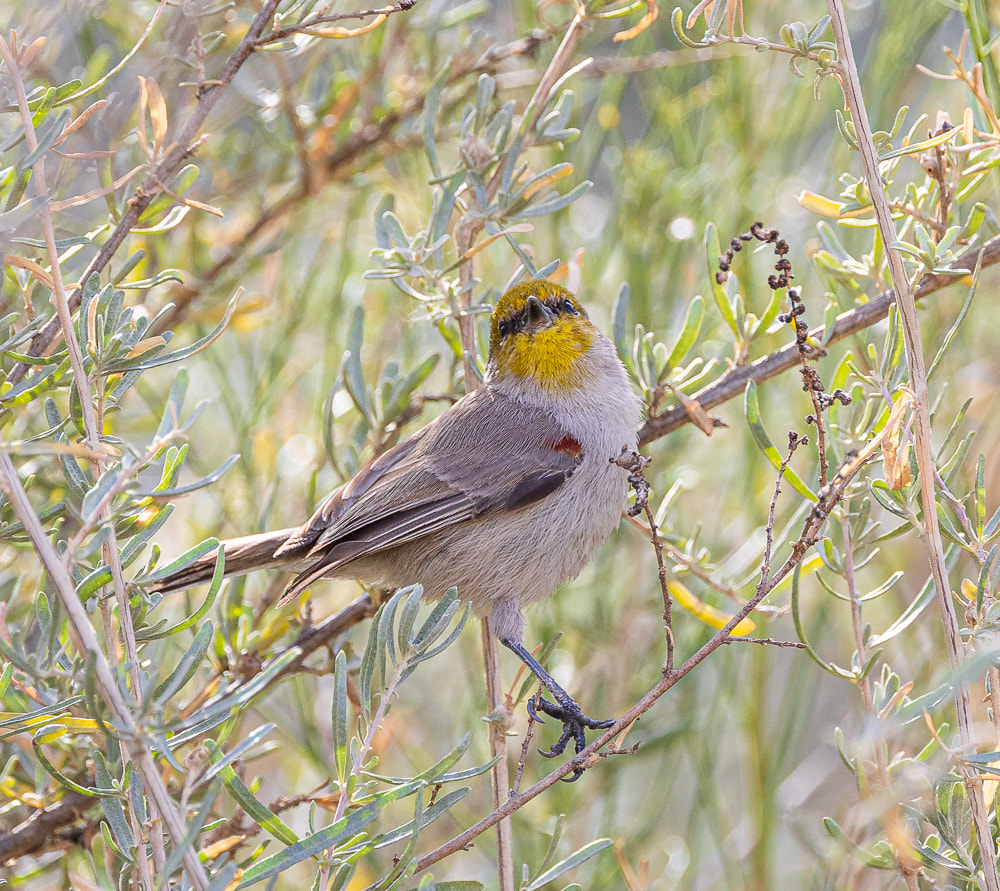
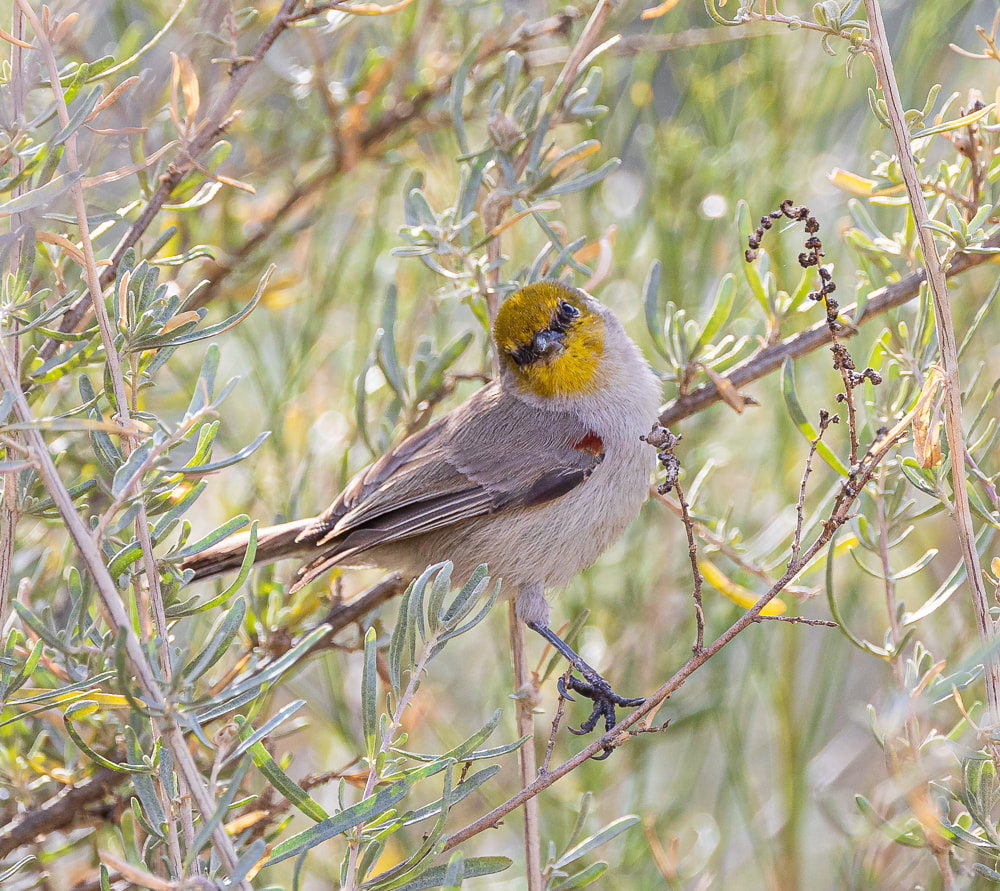
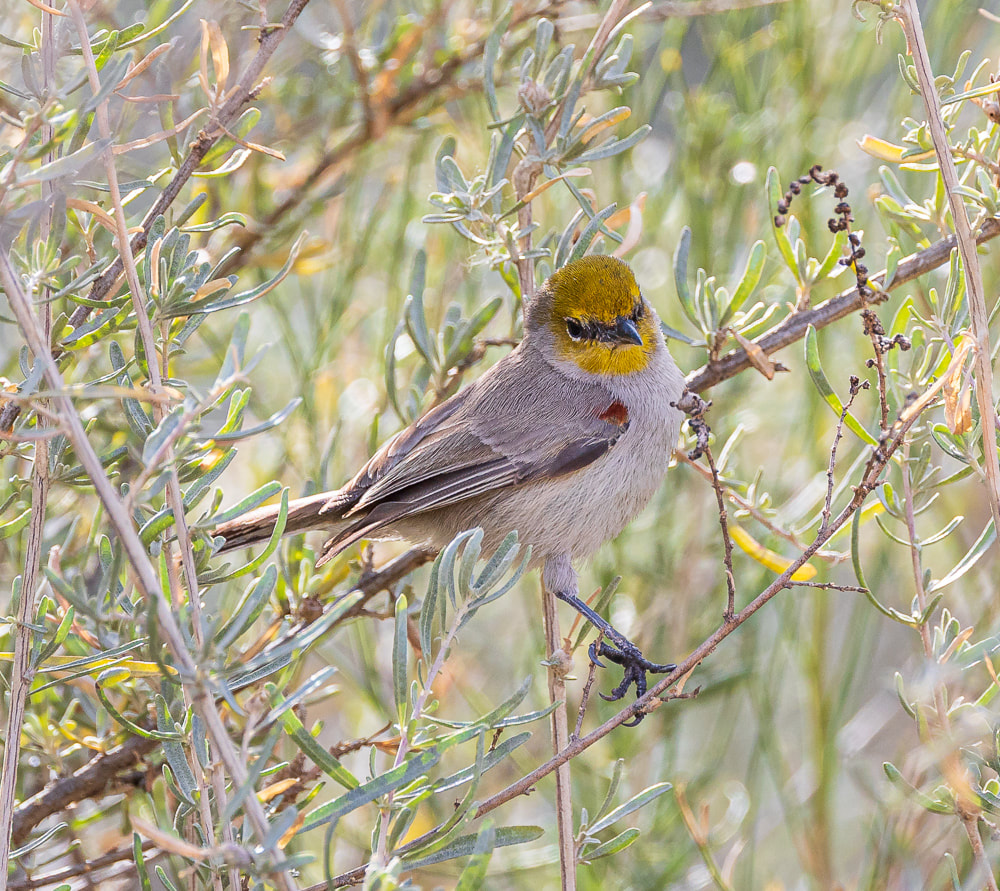
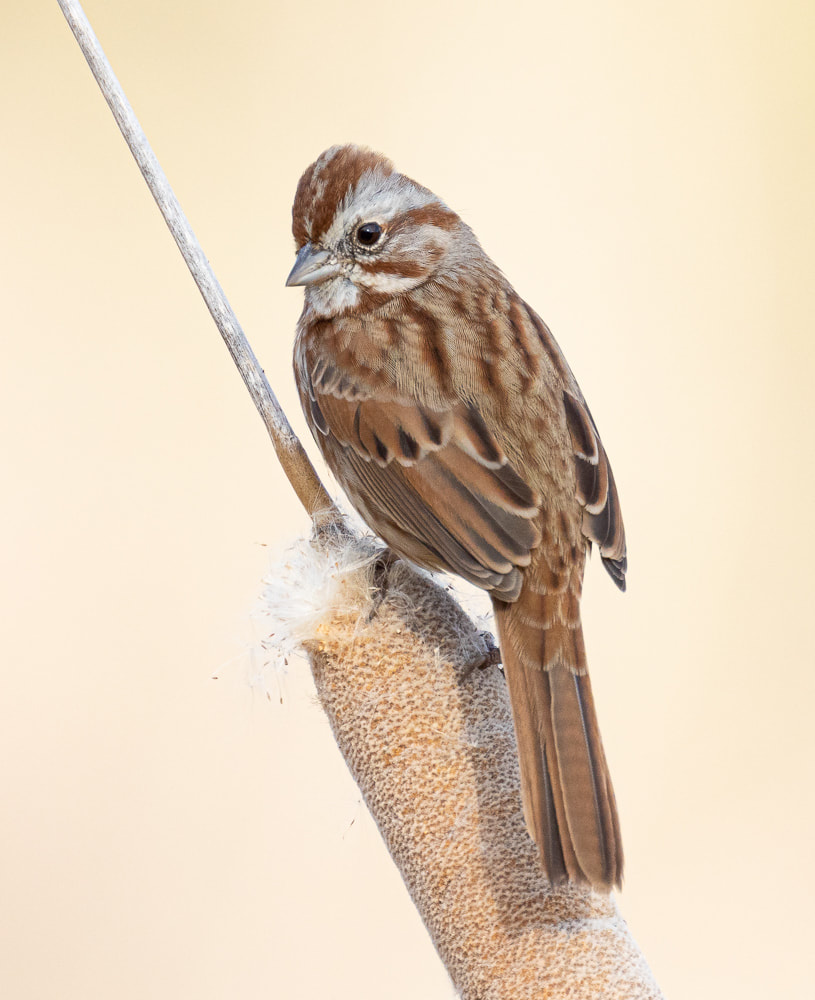
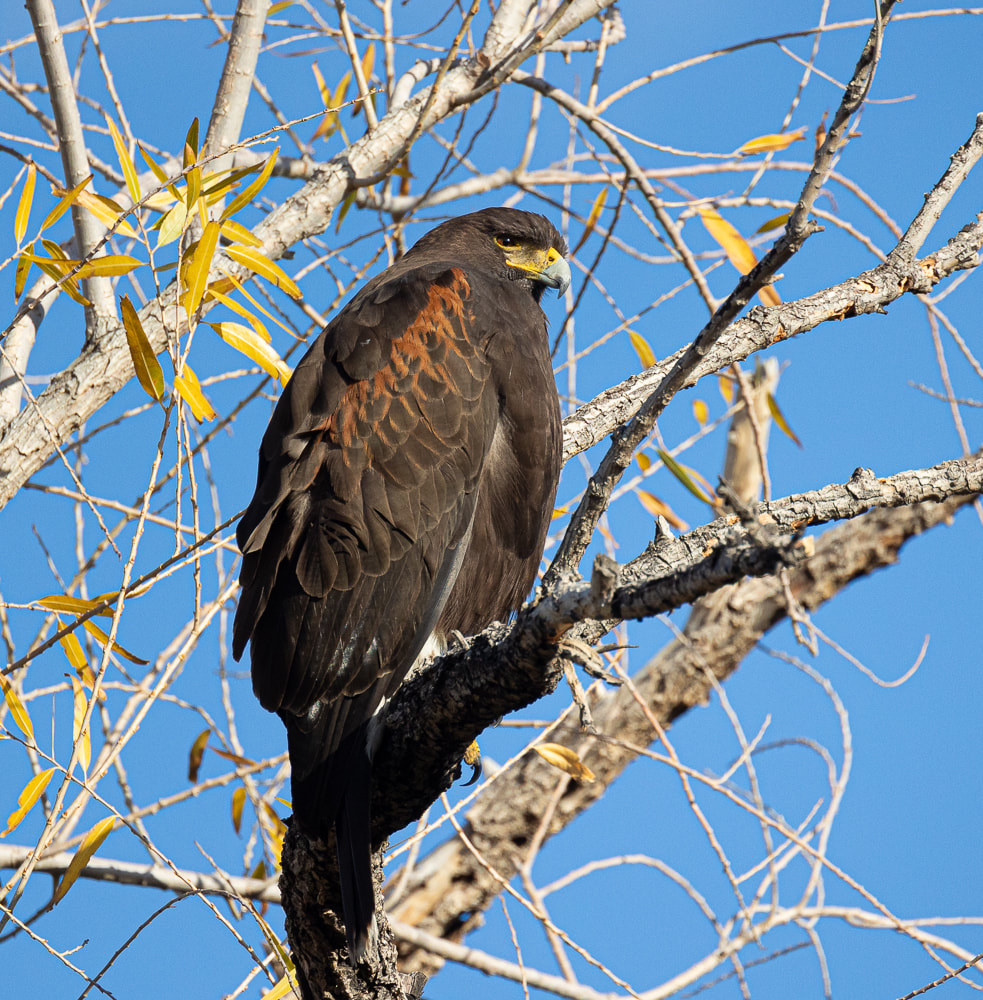
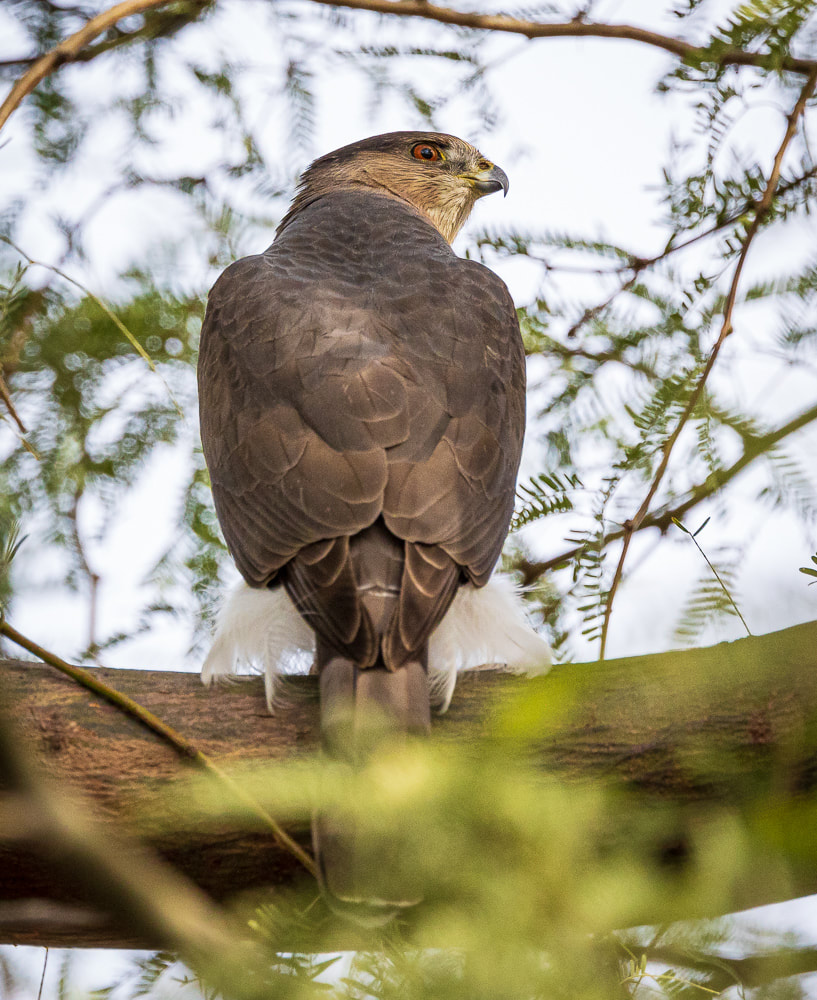
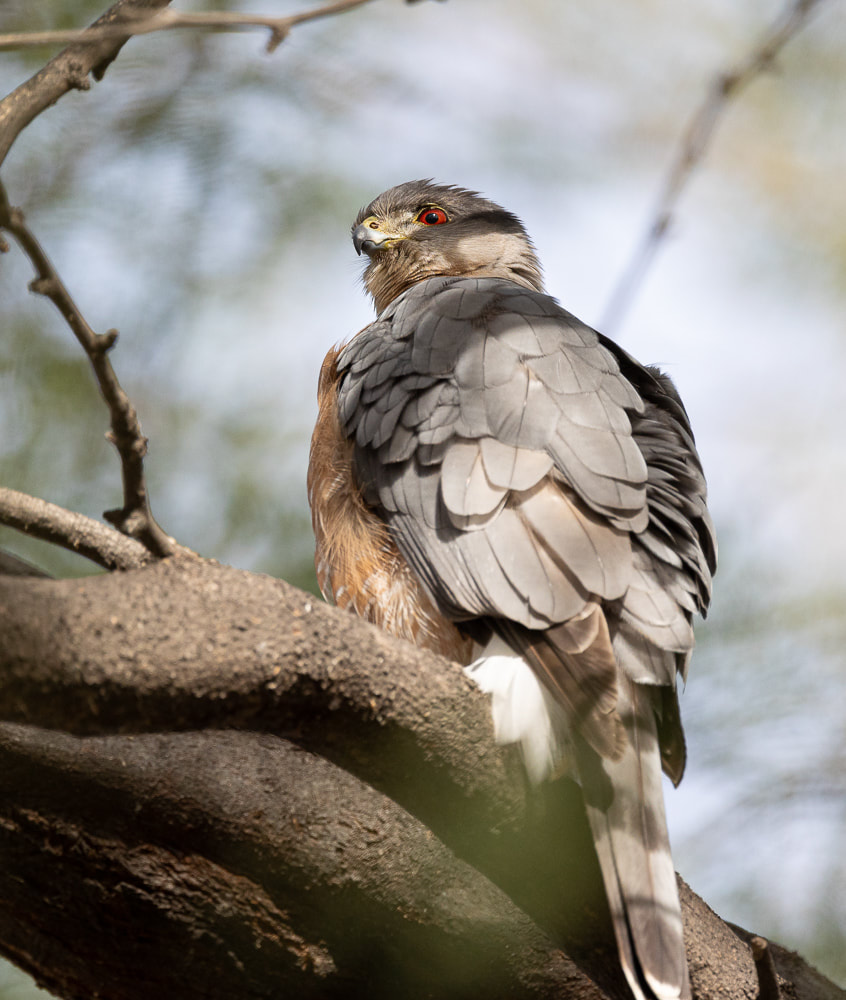
 RSS Feed
RSS Feed